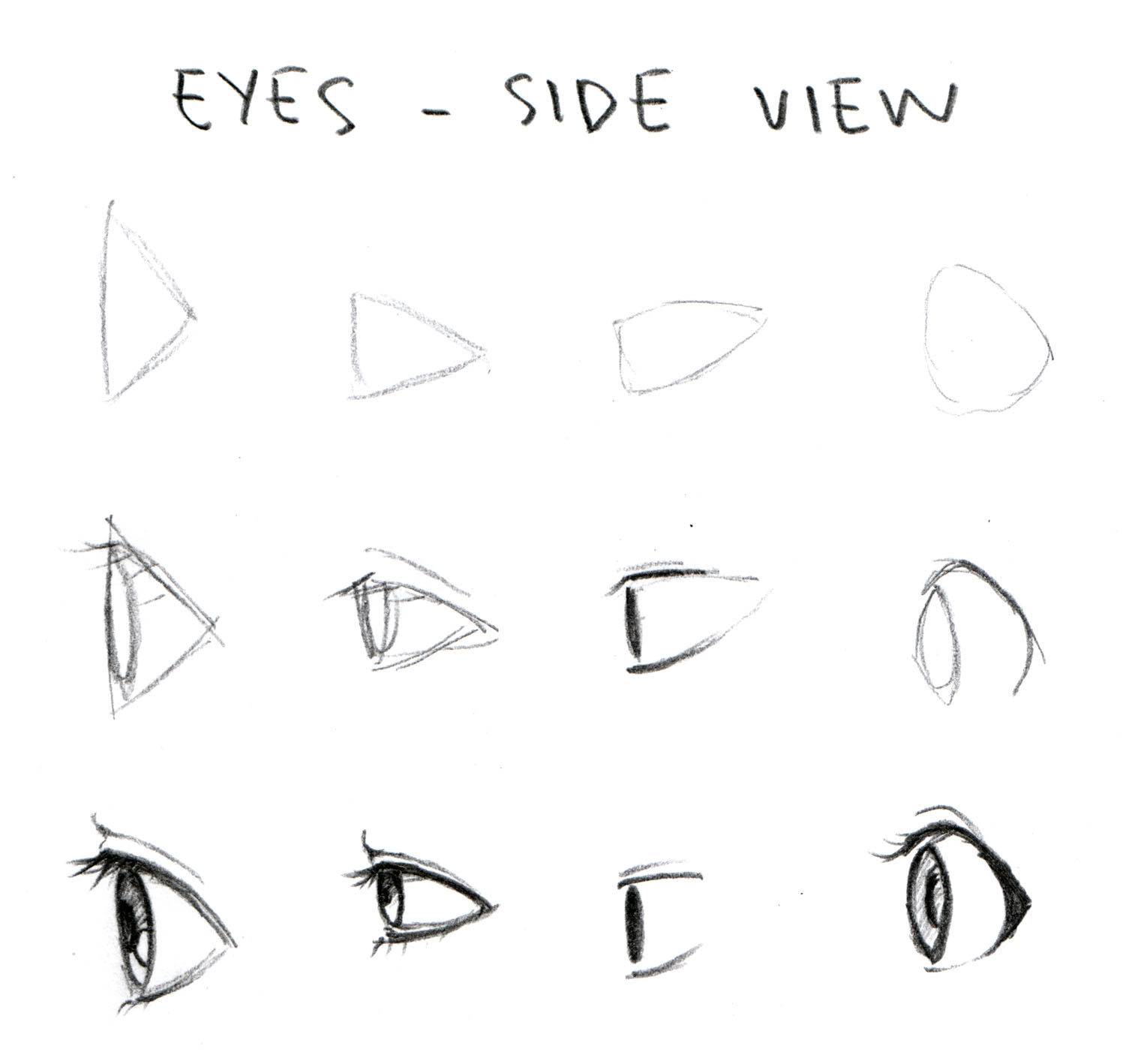

The messages sent from the retina to the brain are perceived as blurry. These changes result in light rays coming to a point in front of the retina and crossing. It may also result from the curve of the cornea being too steep. Nearsightedness usually results from the eye being too long or oval-shaped rather than round.

This problem occurs when the shape or condition of the cornea - or the shape of the eye itself - results in an inaccurate focusing of the light passing into the eye. These tissues translate light into signals sent to the brain, which enables you to perceive images. They bend (refract) the light, so that the light is focused directly on the nerve tissues (retina) at the back of your eye. In order for you to see, light has to pass through the cornea and lens.

The American Academy of Ophthalmology recommends regular vision screenings to ensure a timely diagnosis and treatment. Regular eye examsīoth children and adults may not be aware of problems with vision or changes that happen gradually. Significant nearsightedness is associated with an increased risk of retinal detachment. This condition is a medical emergency requiring prompt treatment. These are warnings signs of the retina becoming detached from the back of the eye. A shadow in your outer or side vision (peripheral vision).A curtain-like gray shadow covering all or part of your field of vision.Sudden appearance of many floaters - tiny specks or lines that seem to drift through your field of vision.Seek emergency medical care if you experience any of the following: Make an appointment for yourself if you notice a change in your vision, have difficulty performing tasks such as driving, or find the quality of your vision detracts from your enjoyment of activities. Make an appointment with an eye care specialist if your child exhibits any signs of vision problems or if a teacher reports possible problems. Some people may experience blurry vision in dim light, as with nighttime driving, even if they see clearly in daylight. Younger children might not express difficulty seeing, but they may have the following behaviors that suggest difficulty seeing:Īdults with myopia may notice difficulty reading street signs or signs in a store. The need to squint or partially close the eyelids to see clearlyĬhildren may have difficulty seeing things on white boards or screen projections in the classroom.Blurry vision when looking at distant objects.Nearsightedness signs or symptoms may include:


 0 kommentar(er)
0 kommentar(er)
